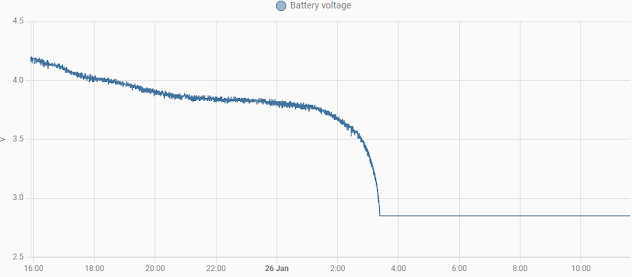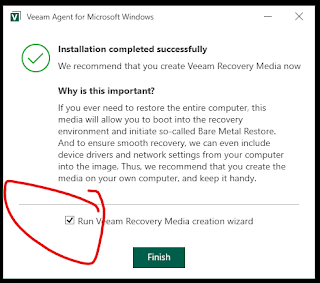Now thats what I call ESP...
These ESP devices feature a wireless tech called ESPNow.
It basically lets you send a UDP type packet from a ESP to another ESP (by MAC address) up to (i think) 256 bytes, but its low power, since it doesn't need to establish a connection to a Wifi base station.
So.... my goal is to create 2 ESPHome components, called something like ProxySensorReveicer and ProxySensorSender.
On the battery powered device, you you run ProxySensorSender, and have a config like
sensor:
- id mySensor
platform: adc
(etc)
ProxySensorSender:
- receiver: 11:22:33:44:55:66
- sensors:
sensor:
proxy_id: battery_voltage
sensor: mySensor
then on a grid powered receiver you would have
ProxySensorReceiver:
senders:
- mac: 22:33:44:55:66
sleep_period: 10m
sensors;
-sensor:
proxy_id: battery_voltage
name: "Battery Voltage"
units: "V"
The receiver will then create all the sensor objects (as the python generated main.cpp adds them) as if they were local ones, but then would listen for communications from the sender, and proxy the states back to Homeassistant.
We can also experiment with things like a OTA mode switch being generated, which when the sender checks in, it tells it to reboot into safe mode, to allow a OTA to happen.
Time to break out VSCode


Comments
Post a Comment